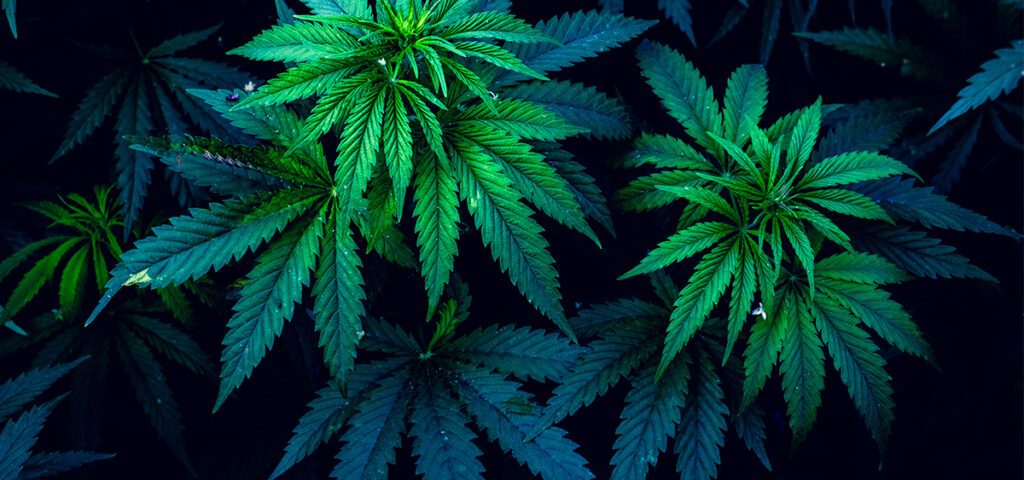A recent study highlights the historical significance of cannabis, suggesting that it was first domesticated in East Asia during the Neolithic Era, around 3900-1700 BC. This finding positions cannabis as a “multipurpose crop” utilized for both industrial and medical purposes. The research indicates that all present-day hemp and drug cultivars trace their lineage back to an ancestral gene pool represented by wild plants and traditional varieties found in China.
Key Findings of the Study
- Ancestral Gene Pool: The study emphasizes that both cultivated and wild cannabis strains in China are the closest descendants of the original gene pool, indicating that “pure wild progenitors of C. sativa have gone extinct.”
- Genetic Analysis: Researchers found candidate genes linked to distinguishing traits in hemp and drug cultivars, such as branching patterns and biosynthesis of cellulose and lignin. They also documented a loss of function in genes responsible for synthesizing major cannabinoids during the selection process for fiber production or psychoactive properties.
Insights from Researchers
Luca Fumagalli, one of the study’s authors, remarked on the significance of the data drawn from wild instances of cannabis in the region:
“These are plants that escaped captivity and readapted to the wild environment. By the way, that’s the reason you call it weed, because it grows anywhere.” – Luca Fumagalli
In gathering their data, researchers from six different countries collected 82 samples of leaves and seeds globally, analyzing strains bred for fiber as well as those selected for high THC content.
Implications for Traditional Knowledge
The researchers also noted that historical cannabis varieties underwent significant changes due to domestication, showing evidence of past cultivation practices. The wild varieties that were examined were essentially historical escapes from domesticated forms, indicating a complex relationship between cultivation and wild growth.
Broader Context of Cannabis Evolution
An earlier study from 2019 suggested that cannabis evolved approximately 28 million years ago on the Tibetan plateau, specifically around Qinghai Lake at an elevation of about 10,500 feet. This aligns with many biogeographers’ beliefs that cannabis originated in Central Asia, given its pollen’s historic presence in regions such as India over 32,000 years ago and in Japan around 10,000 BCE.
Conclusion
The findings from this recent research not only enrich our understanding of cannabis’s past but also underscore its evolving role in human culture. As cannabis continues to gain social and medicinal acceptance worldwide, studies like these offer valuable perspectives on its historical roots and genetic diversity.
For more in-depth insights into the role of cannabis in historical contexts, consider exploring the full study and additional research on cannabis evolution.
Stay informed about cannabis developments to understand its ongoing relevance in today’s society.


